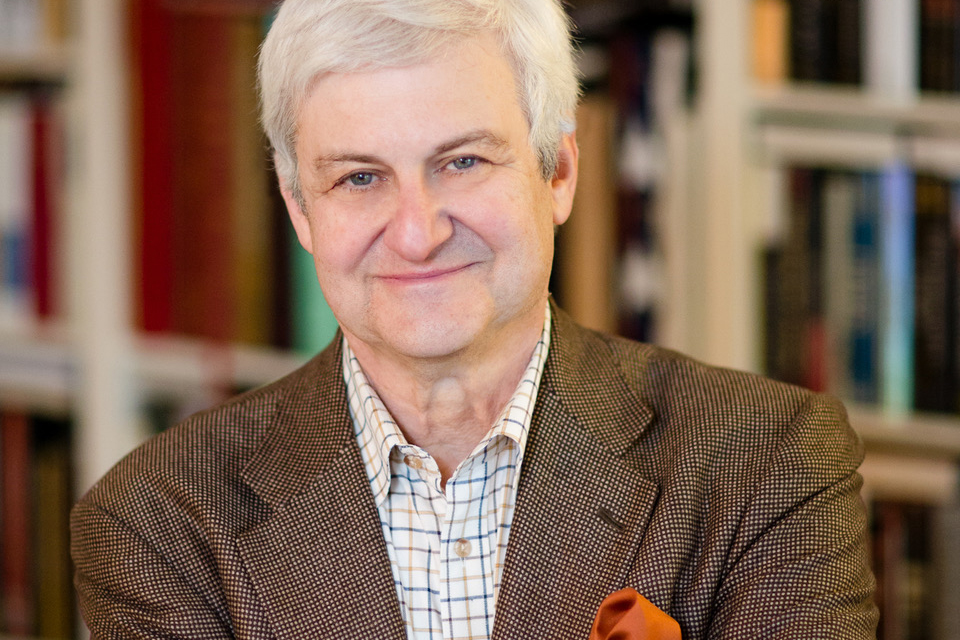Emergency physician Jordan Selzer, a fellow of disaster and operational medicine at the George Washington University School of Medicine and Health Sciences, has long been interested in how health care providers can quickly respond to unforeseen crises.
“I’m interested in how we take care of people when their need overwhelms our resources,” he said. “You have to start getting creative and figure out how to make things happen with imperfect solutions.”
For hospitals without much funding or equipment, he says, the most important and readily available resource in an emergency is information. But in the face of emergencies, staff may not have time either to absorb reliable—but lengthy—academic literature or to seek out and evaluate more digestible information elsewhere.
“Say you’re an ER doctor in a small rural hospital—no trauma center, no specialized disaster training, not prepared for a massive influx of patients,” Dr. Selzer said. “If a sudden disaster happens in the community, you might get a call to the emergency department saying, ‘You can expect to see 100 patients, starting in the next 10 minutes.’ We wanted to create a resource you could consult in the 10 minutes between finding out and being flooded with patients you need to care for.”
So Dr. Selzer created Disaster Consult, a website that would give care providers quick, digestible information about best practices in the face of various emergencies.
“In the medical world the term ‘consult’ refers to when you call one of your specialist colleagues such as a cardiologist, infectious disease physician or toxicologist to help answer a question or manage a specific problem,” Dr. Selzer said. “In this case, we wanted to be the disaster specialist available for a consult.”
He established the domain and a bare-bones web site, but for months his obligations to students, patients and research took precedence. Then the scope and urgency of the COVID-19 pandemic became obvious. This was the kind of emergency Dr. Selzer had been anticipating—one in which health care providers in rural care centers and large urban hospitals alike were overwhelmed, under-resourced and faced with conflicting accounts of how the virus presents and how to care for patients.
“COVID-19 is truly something we in the medical community have never seen, and it acts in a very strange way,” Dr. Selzer said. “I’ve talked to patients who didn’t know they were sick or thought they were just experiencing allergies. Others say it feels like the worst flu they ever had, where they get better for a day or so and then feel like they’re getting hit by a train again. And of course others can’t breathe and have to be intubated. It’s a multi-headed beast.”
Disaster Consult was no longer a theoretical good. It had become an obvious need.
Dr. Selzer had met Lance Hoffman, a distinguished research professor of computer science and the director of the Cyber Security and Privacy Research Institute in GW’s School of Engineering and Applied Science, in 2019 at a conference on medical cyber security. He reached out to Dr. Hoffman, who in turn reached out through SEAS and George Hacks to recruit a team of developers—most of them SEAS undergraduates— to create Disaster Consult’s web presence.
The team consulted with emergency room staff and other care providers to learn what format the site should take and what kind of information they needed—and also what those providers found unusable or even counterproductive.
“It reinforced my appreciation of the importance of user experience and expectations,” Dr. Hoffman said. “We went to great pains to listen to the doctors and the other professionals who were going to use this and ask what they wanted and didn’t want.”
The content of the site would need to be put together by medical professionals. As a working physician under pandemic conditions, Dr. Selzer could not manage the continuous flow of information about COVID-19. But he had an unexpectedly available workforce: third- and fourth-year medical students. The pandemic kept them from the hospital rounds that would normally occupy this stage of their education, and many were eager for other ways to help. Dr. Selzer put out a call for volunteers via SMHS administration and faculty, and within an hour he had more than 50 names.
He chose a team of eight whose job it would be to comb the medical literature on COVID-19, summarize the contents and distill it into bite-size paragraphs containing the most essential information. In under a month, Disaster Consult went from an idea to a website that provides comprehensive clinical resources for a range of care providers, from ICU staff managing patients on ventilators to emergency medical technicians tasked with transporting suspected COVID-19 cases.
While Disaster Consult contains links to external sources for those with time to read the literature, the information on the site itself is brief and easily navigable.
“The site is designed for people staring into the mouth of the lion,” Dr. Selzer said.
For Dr. Hoffman, the successful cooperation between a mixed team of medical and computer science students—few of whom have ever met in person and all of whom work remotely—is a source of both satisfaction and possibility. The site is still under development, and he envisions smartphone applications and other enhancements being added in the months ahead.
“It says a lot about the future of interdisciplinary application development, not only in medicine but in every field,” he said. “We were able to work together and these teams of students were able to bring their developing expertise to the fore. I can see a lot of application for that in the future as more things have to be done in a virtual environment.”



